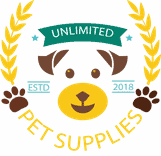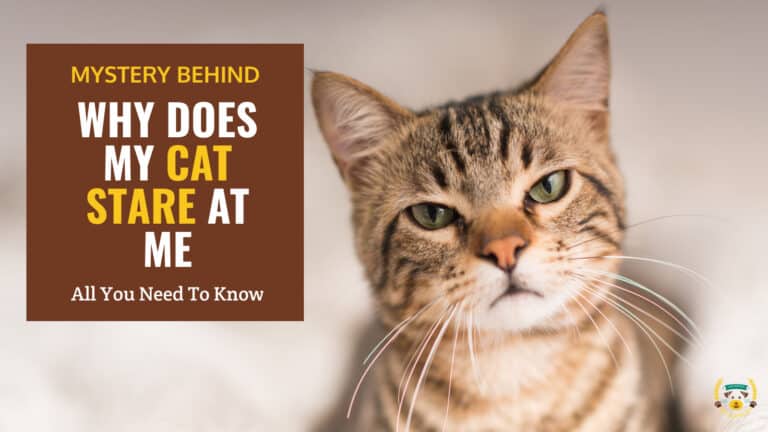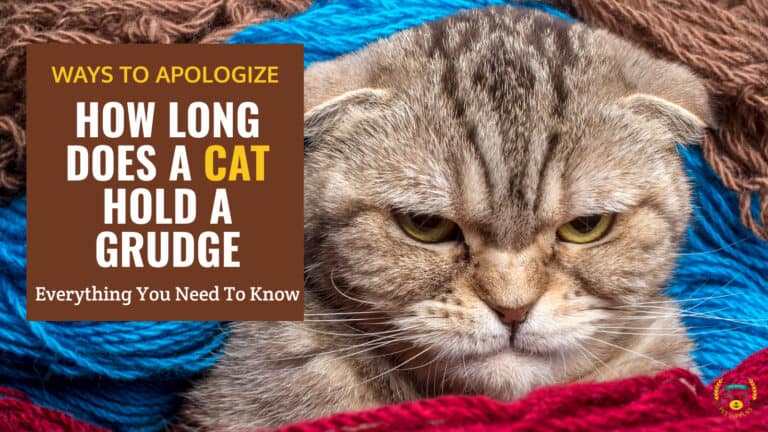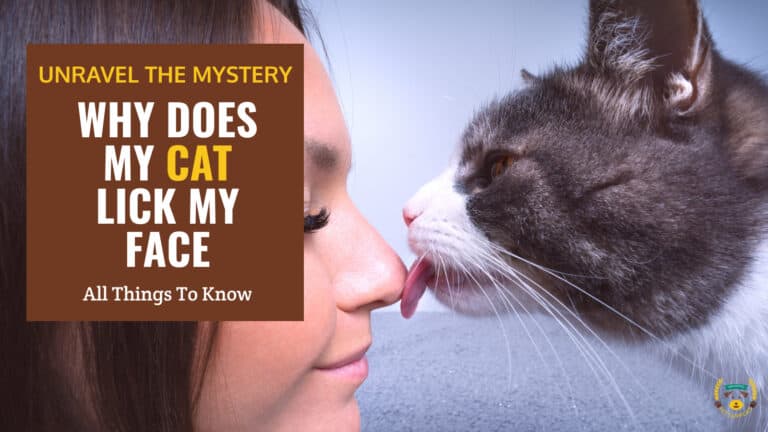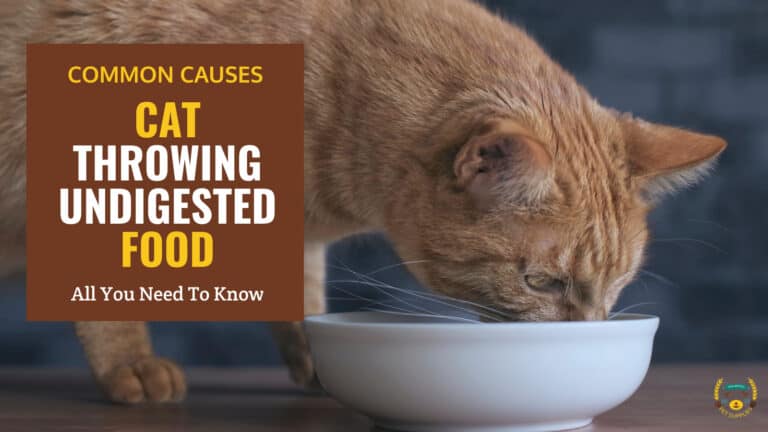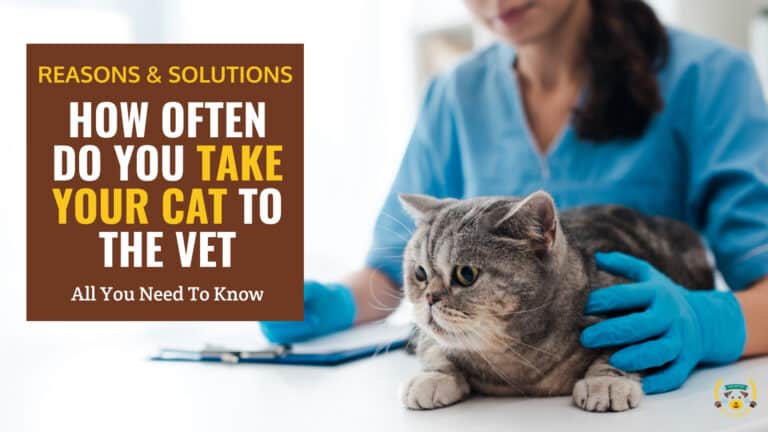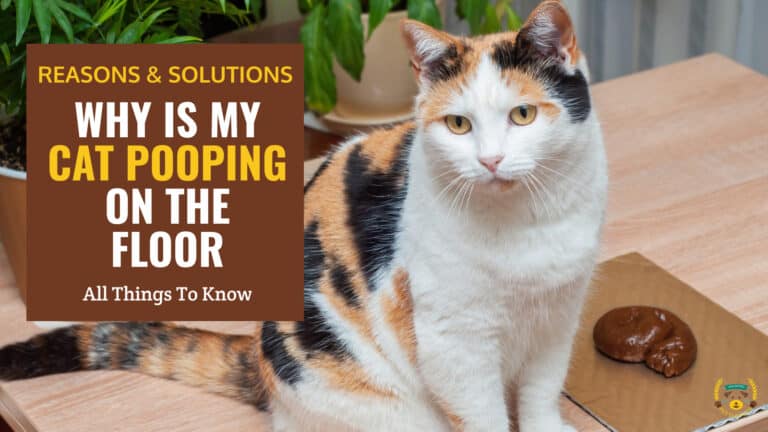Why Does My Cat Drool When I Pet Him?
Last updated: March 18, 2024
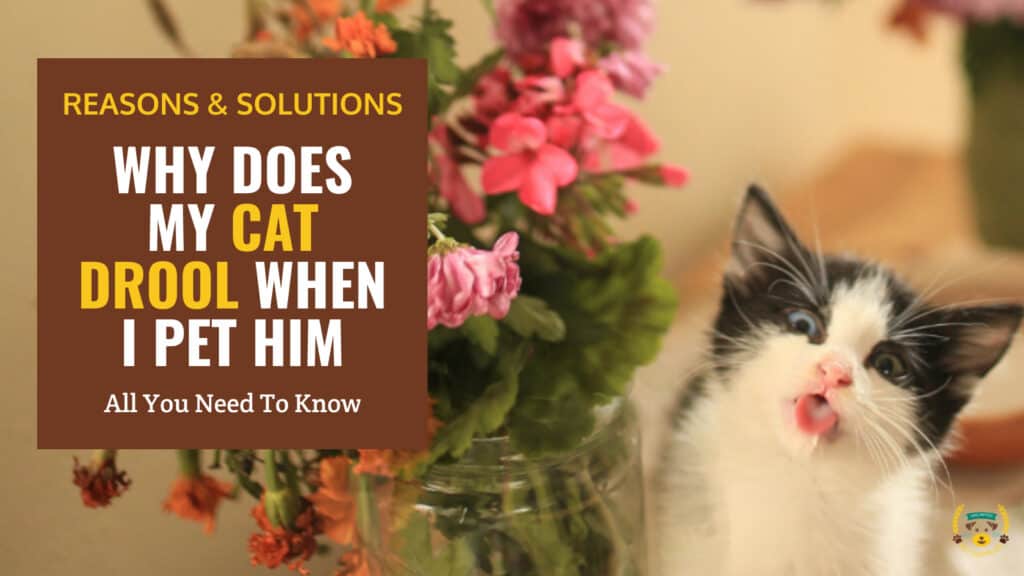
Summary
- Excess drooling means heavy mouth streams pooling for over 10+ minutes.
- Potential causes include dental disease, nausea, infections, stress.
- Diagnose drooling by tracking patterns and getting a veterinary exam.
Cat drooling is a common occurrence that often leaves owners wondering if something is wrong with their beloved pet. This article will cover the basics of cat drool - what it is, when normal drooling crosses into excessive, and an overview of the most prevalent reasons behind this feline behavior.
We will also provide tips to diagnose the causes of your cat's drooling and how it can be fixed. In the end, we will answer some frequently asked questions to make sure every single aspect of the topic is covered and that you are well equipped to deal with this issue.
- 1) What Exactly is Cat Drool?
- 2) Medical Causes of Cat Drooling
- 3) Behavioral Causes of Cat Drooling
- 4) Managing Excessive Cat Drooling
-
5)
Frequently Asked Questions About Cat Drooling
- 5.1) Is My Cat's Drooling Normal?
- 5.2) How Much Drooling is Too Much?
- 5.3) What Does it Mean if My Cat Drools While Purring?
- 5.4) Could My Cat's Bad Breath & Drooling Be Linked?
- 5.5) Why Does My Cat Drool in the Car?
- 5.6) Is Drooling a Sign of Illness in Cats?
- 5.7) When to See the Vet for Cat Drooling?
- 6) Final Thoughts
What Exactly is Cat Drool?
Cat drool refers to the clear saliva that leaks or drips from a cat's mouth. A minor amount of drooling is normal, especially if a cat has just woken up or eaten, or is excited to see their owner. The saliva helps lubricate cats' mouths and aids with digesting food.
Normal Cat Drool vs Excessive Drooling
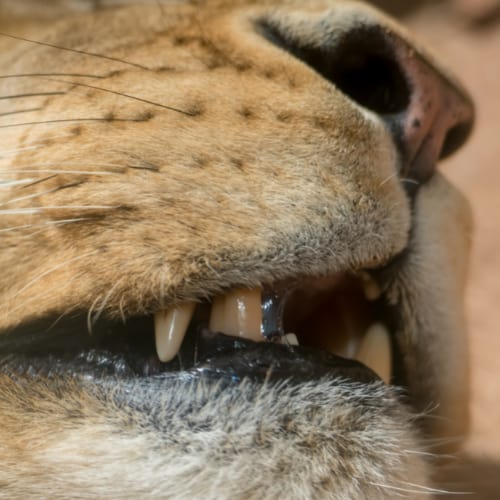
As a general guideline, random minor drooling episodes about once a week or only lasting a few minutes are likely normal. This usually happens when your cat is grooming, purring happily when petted, sniffing food aromas, or readjusting after a nap.
Excess drooling refers to heavy streams pooling under your cat's mouth for longer than 10-15 minutes, staining their fur, occurring multiple times a day, or happening without an obvious trigger. This level of drool could signal an illness, stress, or oral health problems requiring veterinary attention. Closely observing patterns around the drooling will help discern normal happy drool from problematic drool requiring medical intervention.
Excessive drooling can be a sign of illness or using the bathroom outside the litter box in cats. However, some light drooling is normal, especially when cats are relaxed and content. Gentle mouth stimulation from toys, like electronic cat toys, can elicit a happy drooling response without concern. The interactive and engaging nature of automated cat toys provides mental enrichment to reduce stress as well.
Common Reasons Behind Cat Drooling
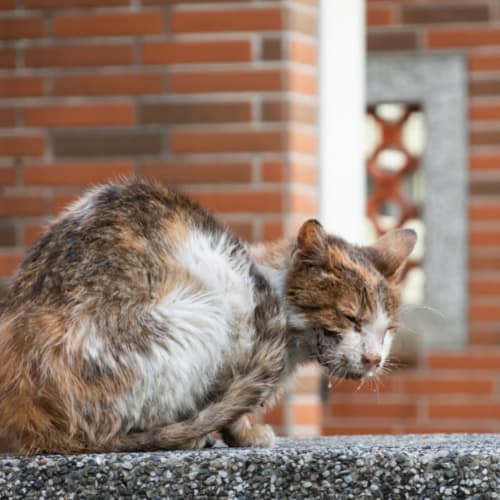
The occasional minor drool from grooming or food enjoyment is harmless. But abnormal excessive drooling has a range of potential causes:
- Illnesses like nausea, respiratory infections, or neurological disorders
- Dental disease, oral infections or growths
- Motion sickness while traveling
- Stress or anxiety from changes or loud noises
- A sign of happiness when being petted by owners
The upcoming sections will explore these causes behind abnormal cat drooling and associated symptoms in more detail. We'll also outline prevention methods and when to seek veterinary advice about this common cat behavior. Understanding why your cat might unexpectedly drool more than usual is key to keeping your feline healthy and happy.
Medical Causes of Cat Drooling
While minor drooling is normal for cats, excessive or chronic drooling can sometimes stem from an underlying medical issue. The following are illnesses and oral health problems that could lead to heavy drooling.
Oral Health Problems Behind Cat Drooling
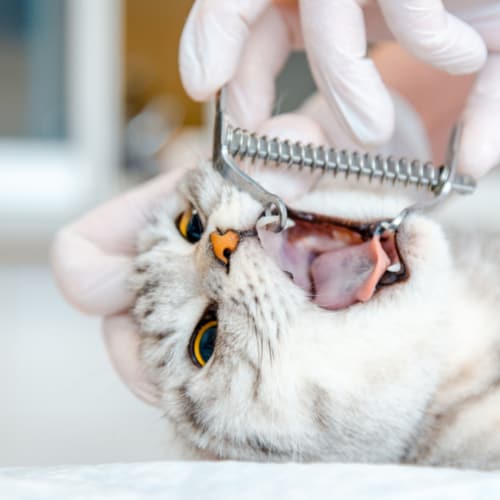
Several oral health problems in cats can cause sore mouths and excessive salivation:
- Dental Disease: Tartar buildup, inflamed gums, abscesses, and tooth decay cause oral pain and discomfort. This stimulates more drooling as the mouth tries to self-soothe.
- Oral Infections: Bacterial, viral or fungal infections in the mouth, including stomatitis, cause inflammation, ulcers, and pain, prompting drooling.
- Foreign Objects: Cats can drool excessively if they have a foreign object like a stick or blade of grass stuck in their mouth or wedged around the teeth.
- Oral Tumors: Noncancerous or cancerous growths in the mouth irritate the gums and salivary glands. This is a serious cause of excessive drooling requiring prompt veterinary care.
Other Illnesses Linked to Cat Drooling
Abnormal cat drooling can also stem from these medical problems:
- Nausea: Vomiting, motion sickness, digestive issues, liver or kidney disease cause nausea and drooling.
- Respiratory Infections: Upper respiratory infections from bacteria or viruses cause nasal discharge and mouth pain.
- Neurological Disorders: Conditions like seizures, strokes or nerve damage occasionally cause one-sided drooling.
If your cat's excessive drooling arises alongside any of the above symptoms or other appetite/behavioral shifts, schedule a veterinary visit. An exam can properly diagnose and treat any underlying medical issue prompting the drooling. Prompt care prevents conditions from worsening over time.
Remember, regular veterinary checkups are crucial for early detection and prevention of potential health issues in your cat. You can find more information on the recommended frequency of feline veterinary visits in our article on how often do you take your cat to the vet.
Behavioral Causes of Cat Drooling
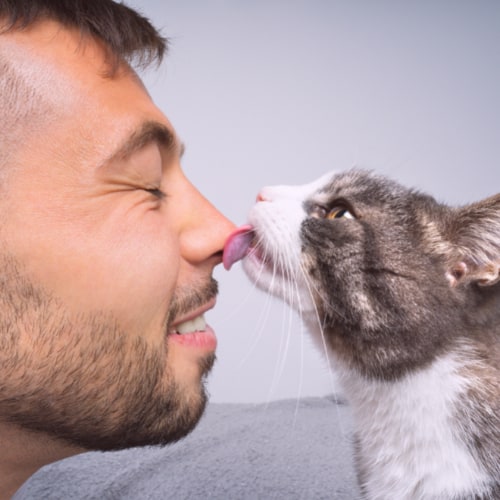
While illnesses can prompt excessive drooling, some cat behaviors related to happiness, stress or anxiety can also stimulate extra saliva production. This section covers behavioral triggers for cat drool.
Drooling as a Sign of Happiness & Affection
It may come as a surprise that some cats drool more from joy than discomfort. Signs your cat's drooling stems from happiness include:
- Drooling While Being Petted or Purring: As you scratch a beloved spot, your cat may start purring and leak a bit of saliva. This shows contentment. Some cats also engage in another affectionate behavior which is licking their owner's face.
- Kneading & Drooling: Some cats intensely knead blankets or owners during petting and leave behind damp spots. Young cats may suckle on blankets during kneading, too.
- Excitement from Food or Treats: Catching a whiff of fresh cat food or treats can trigger "hunger drooling" and leave drips of anticipation around the bowl.
Drooling Related to Stress, Anxiety or Fear
Sudden changes, unfamiliar environments or loud noises can also distress cats into drooling more due to nausea or apprehension. Stress-related drooling signs include:
- Introduction to New Home/People: Newly adopted cats may drool heavily their first few days from the stress and uncertainty of a new environment.
- Traveling in Car or Carrier: Motion sickness from car rides or vet visits can cause anxious drooling. New smells and constrained carriers also add stress.
- Loud Noises: Vacuums, fireworks, thunder or rowdy children can all make noise-sensitive cats drool excessively from fear. Hiding and lethargy often accompany stress drooling.
If you can pinpoint the trigger behind happiness or stress drooling, manage the source to ease future excessive drool. But recurring, random or heavy streams still warrant a veterinary visit to check for underlying illness.
Managing Excessive Cat Drooling
Once you spot abnormal drooling patterns emerging in your cat, taking action involves both veterinary care and home management solutions.
Obtaining a Veterinary Exam
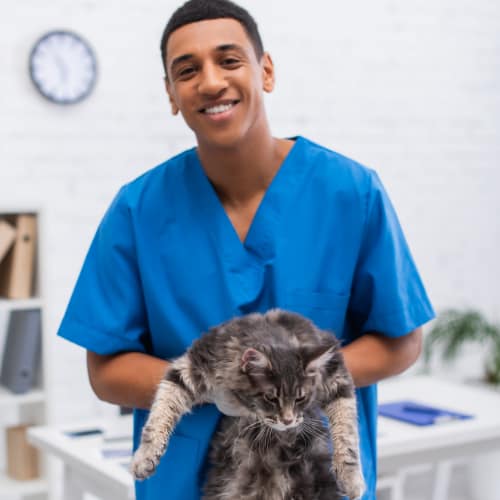
If episodes of heavy drooling arise or persist longer than a day or two, make an appointment with your veterinarian. They will do the following:
- Diagnose Any Underlying Condition: Identify any illness or oral disease behind excessive drool. Testing may involve blood work, dental exams, imaging scans, or other analyses.
- Prescribe Treatment Plans: Your vet will outline medications, dietary shifts or follow-up care to resolve any condition triggering increased drooling.
- Rule Out Serious Illness: Catching conditions like kidney disease, strokes or oral cancer early vastly improves long-term prognosis. Prompt vet care prevents small problems from becoming serious.
Providing At-Home Care & Comfort
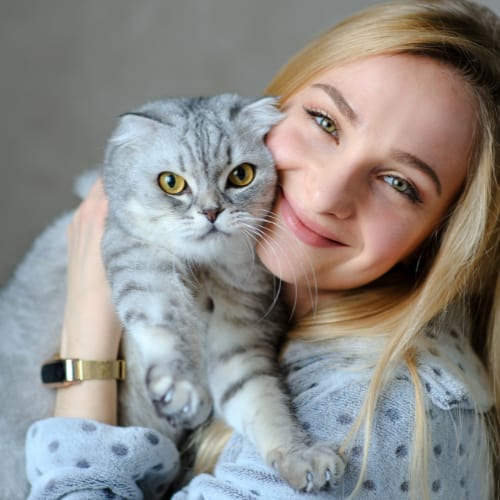
Caring for a chronically drooly cat at home involves:
- Gently Wiping the Face & Neck: Use a warm, damp cloth to gently clean up excess drool pooling in the fur several times a day.
- Ensuring Good Hydration: Provide plentiful fresh water since drooling dehydrates cats. Consider adding broth or tuna juice to tempt drinking.
- Calming Anxious Cats: If stress triggers the drooling, use calming pheromone diffusers or toys. Restrict access to stressors like dogs/loud rooms, and offer affection and treats.
Work closely with your veterinarian to ensure your cat’s drooling resolves with thorough treatment and at-home care. Recurring or excessive drool almost always requires an initial veterinary investigation to uncover the root cause and the best care plan specific to your cat. Don’t hesitate to call your vet if you have questions or concerns between appointments about managing your cat’s drooling.
Frequently Asked Questions About Cat Drooling
As a cat owner, you likely have plenty of questions if your cat begins unexpectedly drooling more than usual. Here are answers to some frequently asked questions:
Is My Cat's Drooling Normal?
Minor drooling is normal, especially if episodic after eating, drinking or self-grooming. However, recurrent heavy streams of drool or drool pooling under your cat’s mouth should be investigated. Track episodes in a journal to help your vet assess normalcy.
How Much Drooling is Too Much?
Drool warranting veterinary attention includes saliva:
- Streaming heavily for over 10-15 consecutive minutes
- Pooling into puddles on the floor or furniture
- Soaking and matting the fur beneath your cat’s mouth
- Occurring multiple times a day or daily for over a week
What Does it Mean if My Cat Drools While Purring?
A mildly damp mouth after petting or light kneading accompanying purrs just shows your cat’s contentment. Their salivary glands activate when relaxed and happy. But copious drooling or suckling motions during kneading may mean anxiety in young cats adjusting to new homes.
Could My Cat's Bad Breath & Drooling Be Linked?
Yes. Dental diseases like gingivitis cause oral pain and inflammation. This boosts saliva flow (drool). Tooth decay and plaque also cause foul breath odors wafting from an uncomfortable mouth. Always rule out dental issues for smelly cat drool.
Why Does My Cat Drool in the Car?
Motion sickness while traveling can trigger nausea and drooling. Anxiety from being confined in carriers also plays a role. Speak soothingly, offer treats, or try anti-nausea medication to ease travel woes.
Is Drooling a Sign of Illness in Cats?
Excessive or sudden drooling can stem from multiple illnesses causing nausea, oral pain or neurological upset. Any major change merits a veterinary visit to diagnose and treat the underlying condition. Early intervention typically speeds recovery.
When to See the Vet for Cat Drooling?
Consult your vet promptly if you notice heavy streams of drool, drool-matted fur, appetite changes, or other concerning symptoms alongside new drooling behavior lasting over 48 hours. This helps diagnose and treat any condition early.
Final Thoughts
As a cat owner, finding puddles of drool may cause serious concern about your pet’s health and happiness.
Key points to remember include:
- Mark drooling episodes on a calendar to identify abnormal frequency
- Track triggers like petting, car rides or dental pain that correlate to excessive drool
- Have any persistent drooling assessed to diagnose and treat underlying illness early
- Manage happy drooling by meeting purring cats' affection needs
- Reduce anxious drooling by limiting stressors and travel when possible
By staying observant of fluctuations in your cat’s salivation habits and triggers, you can best determine when drooling deserves medical intervention. Don’t hesitate to call your vet if you have any questions distinguishing normal feline drool from more concerning constant drool.
Also, don't hesitate to contact us if you still have any other questions or comments. We will be glad to assist you the best we can.
